Your cart is currently empty!
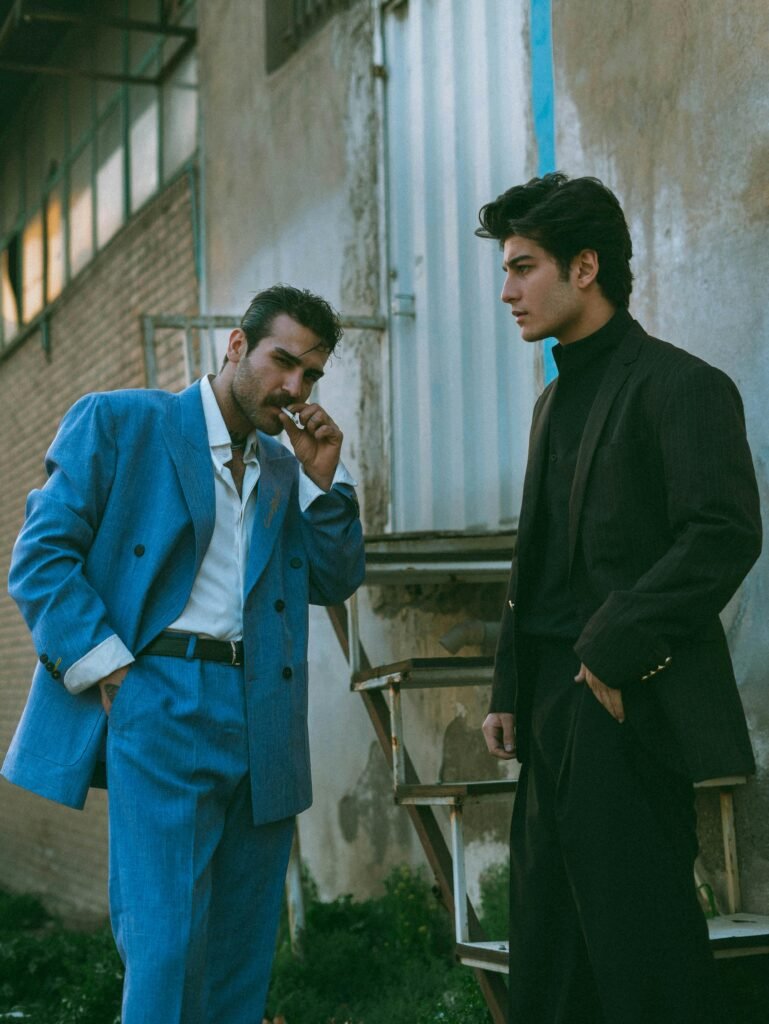
Understanding the Old Money Aesthetic
The term ‘old money’ refers to families or individuals from established wealth, often characterized by an inherited fortune rather than newly acquired income. This status not only shapes the financial landscape but also deeply influences one’s approach to style and personal values. The old money aesthetic stands out for its emphasis on understated elegance, prioritizing quality and longevity over mere trends or ostentation.
At the core of the old money wardrobe is the principle that true sophistication lies in subtlety. Individuals who embody this style tend to gravitate towards classic cuts and timeless fabrics that withstand the test of time. Instead of opting for eye-catching designs or flashy logos, the old money aesthetic favors garments that reflect craftsmanship and fine materials. Choices often include tailored suits, crisp dress shirts, and well-crafted shoes made from premium leather, all of which contribute to a polished yet unpretentious appearance.
In terms of color palettes, subdued and muted tones dominate the old money wardrobe. Shades such as navy, charcoal, forest green, and soft browns are often preferred, allowing the wearer to convey a sense of sophistication without drawing unnecessary attention. Accessories, too, are chosen with care; a classic watch or a silk tie might suffice, emphasizing refinement rather than extravagance. These subtle choices collectively curtail the emphasis on branding, often eschewing prominent logos in favor of craftsmanship and discreet elegance.
Ultimately, the old money aesthetic revolves around a philosophy of timelessness, where the focus shifts from fleeting fashion trends to enduring style staples. This approach fosters an appreciation for quality pieces that embody character and heritage, which are essential components when curating an old money wardrobe.
Wardrobe Staples for the Old Money Look
The old money aesthetic is defined by its understated elegance and commitment to quality. At the core of this sophisticated style are several essential wardrobe staples that men should consider incorporating into their collections. Tailored suits stand out as one of the most significant elements. A well-fitted suit crafted from high-quality wool not only exudes refinement but also emphasizes the importance of fit, which is paramount in establishing a polished appearance. Opting for classic colors such as navy, charcoal gray, or deep brown provides versatility, allowing for seamless pairing with various accessories and shirts.
Crisp dress shirts are another fundamental component of the old money wardrobe. These shirts should be made from fine cotton or linen, prioritizing comfort and durability. Popular choices include white, light blue, and pale pink, which can easily complement a tailored suit. Moreover, these shirts can also be dressed down alongside classic trousers or chinos, offering flexibility for both formal and casual occasions.
Cashmere sweaters contribute a layer of sophistication and warmth, making them indispensable during cooler months. Available in a range of neutral tones like beige, navy, or gray, these sweaters pair well with dress shirts for an elevated look or can be worn over a casual outfit for a refined yet comfortable appearance.
Blazer jackets serve as versatile pieces that enhance the old money aesthetic beautifully. Opt for navy or houndstooth patterns that can be effortlessly layered over a dress shirt or cashmere sweater. Lastly, classic trousers, preferably in wool or cotton, should fit impeccably and provide a timeless look when paired with both blazers and sweaters. A neutral color palette will allow these trousers to blend seamlessly into any outfit, presenting a sophisticated edge.
In pursuit of the old money style, it is crucial to focus on quality materials and impeccable fit, as these elements are fundamental to achieving the desired elegance that characterizes timeless fashion for men.
Accessorizing the Old Money Wardrobe
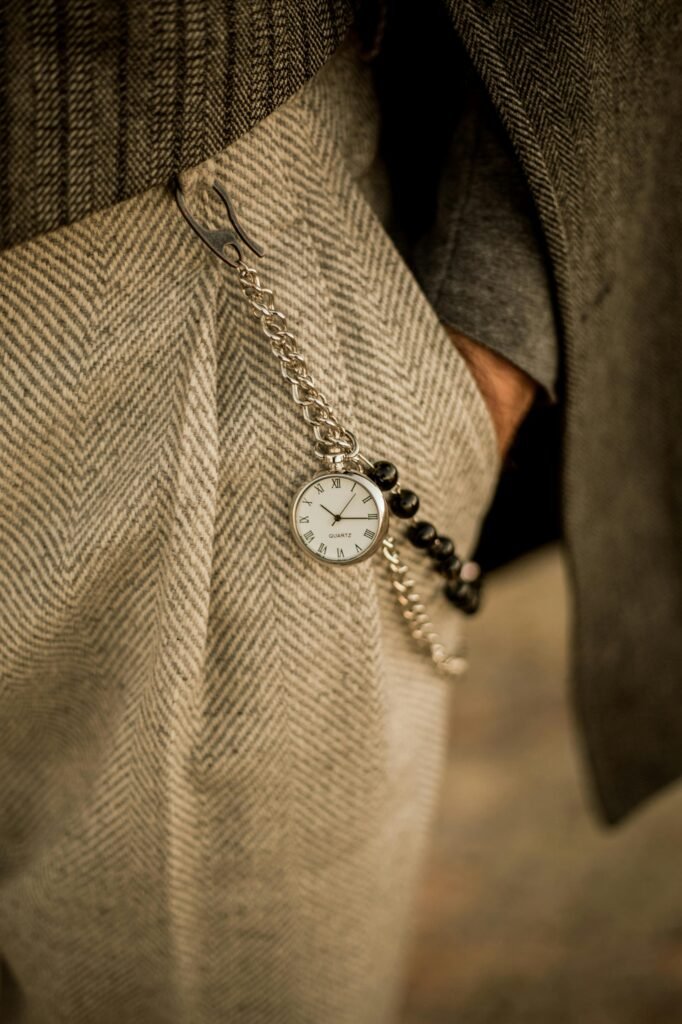
Accessorizing plays a vital role in achieving the distinguished appearance synonymous with an old money wardrobe. The right accessories not only enhance a man’s outfit but also communicate sophistication and class, hallmarks of timeless elegance. Essential accessories include leather shoes, silk ties, custom-made belts, and classic wristwatches, each designed to complement and elevate one’s style.
Leather shoes, especially in traditional styles like Oxfords or loafers, are fundamental to the old money aesthetic. Quality footwear reflects craftsmanship and attention to detail, critical components of refined dressing. When selecting leather shoes, opt for classic colors such as black or deep brown, which provide versatility and seamlessly pair with various outfits. Regular polishing and conditioning can maintain their luster over time, ensuring longevity and a polished appearance.
Silk ties are another indispensable accessory that enhances not just an outfit but a man’s overall demeanor. A tie in a rich, understated color or classic pattern balances sophistication and approachability. It is advisable to have a selection of silk ties that feature timeless motifs, as they can elevate both formal and business casual attire. Proper storage and gentle cleaning will help preserve the silk and prevent wear.
Custom-made belts contribute to the overall old money appearance, showcasing attention to fit and detail. They should coordinate with both shoes and the overall color palette of the outfit. Ensuring the use of premium materials further complements the exclusivity often associated with the old money style. Regularly inspecting the belt for signs of wear and avoiding excessive stretching will prolong its life.
Finally, classic wristwatches serve as a testament to elegance and sophistication. A well-crafted timepiece is not just functional but a reflection of personal taste. Choosing watches with timeless designs and subtle features can convey understated luxury. Regular maintenance, including cleaning and battery checks, is essential to keep the watch in optimal condition.
Building a Cohesive Old Money Wardrobe
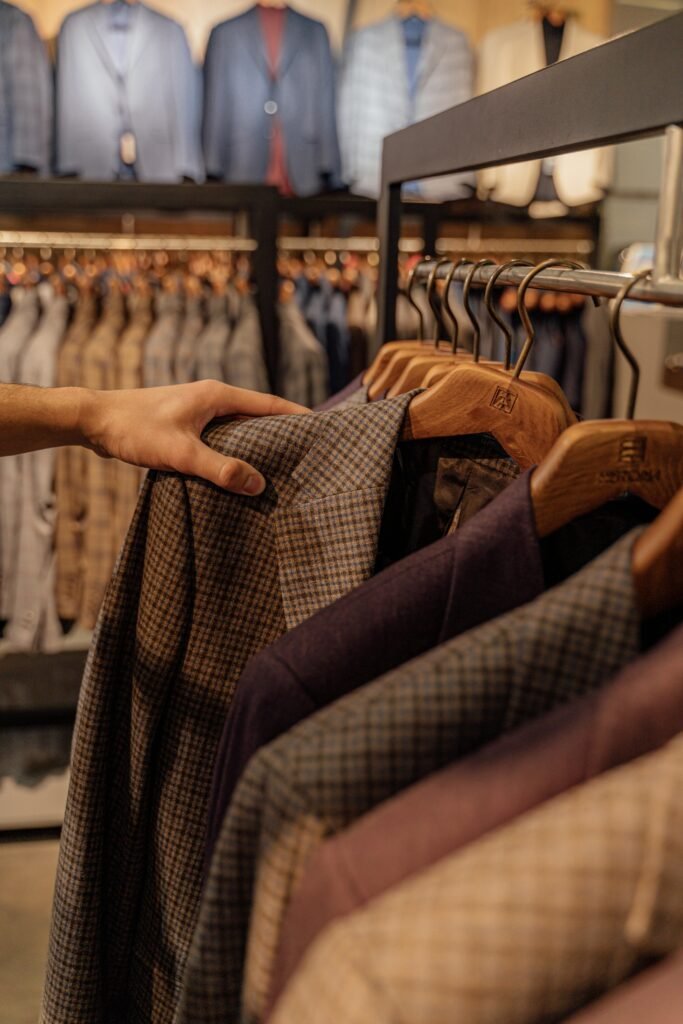
Creating a cohesive old money wardrobe requires a thoughtful approach to selecting and organizing clothing items that reflect timeless elegance. To begin, consider adopting a muted color palette that emphasizes classic shades such as navy, gray, beige, and white. These colors not only provide versatility but also allow for easy mixing and matching. By prioritizing these neutral tones, one can create myriad outfit combinations without the need for an extensive wardrobe.
When curating your selection, focus on essential items such as tailored suits, crisp dress shirts, and well-fitted trousers. Investment pieces like a quality cashmere sweater or a pair of classic leather shoes will elevate any ensemble and serve as long-lasting additions to your wardrobe. Look for items that not only fit well but are also made from high-quality materials, ensuring durability and longevity. These aspects are crucial for embodying the old money ethos, which values quality over quantity.
An important principle within this wardrobe ethos is versatility. A well-thought-out old money wardrobe should allow pieces to be styled in various ways, adapting to different occasions, from casual gatherings to formal events. For example, a tailored blazer can easily be dressed down with a pair of chinos or up with dress trousers, while a simple white shirt can serve as a canvas for a multitude of looks. Finding ways to layer and accessorize can further enhance the adaptability of your clothing selections, enabling a seamless transition from one setting to another.
Ultimately, building a cohesive old money wardrobe entails making intentional choices that prioritize quality, versatility, and a timeless aesthetic. By investing in key pieces that resonate with the principles of elegance and refinement, you can create a sophisticated collection that not only stands the test of time but also exudes the understated luxury associated with old money. This approach to dressing not only reflects personal style but also signals an appreciation for craftsmanship and heritage in fashion.
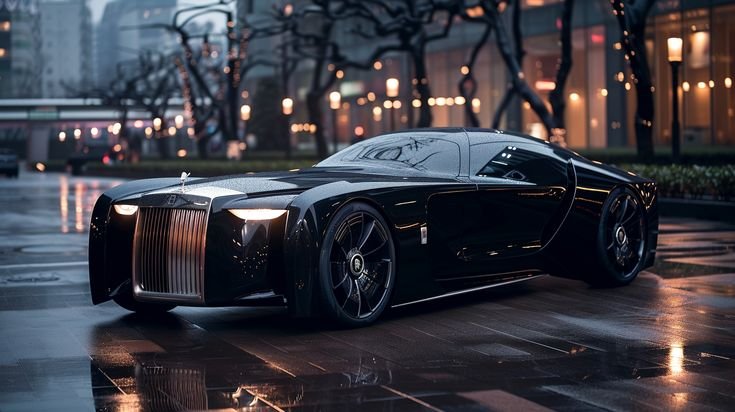
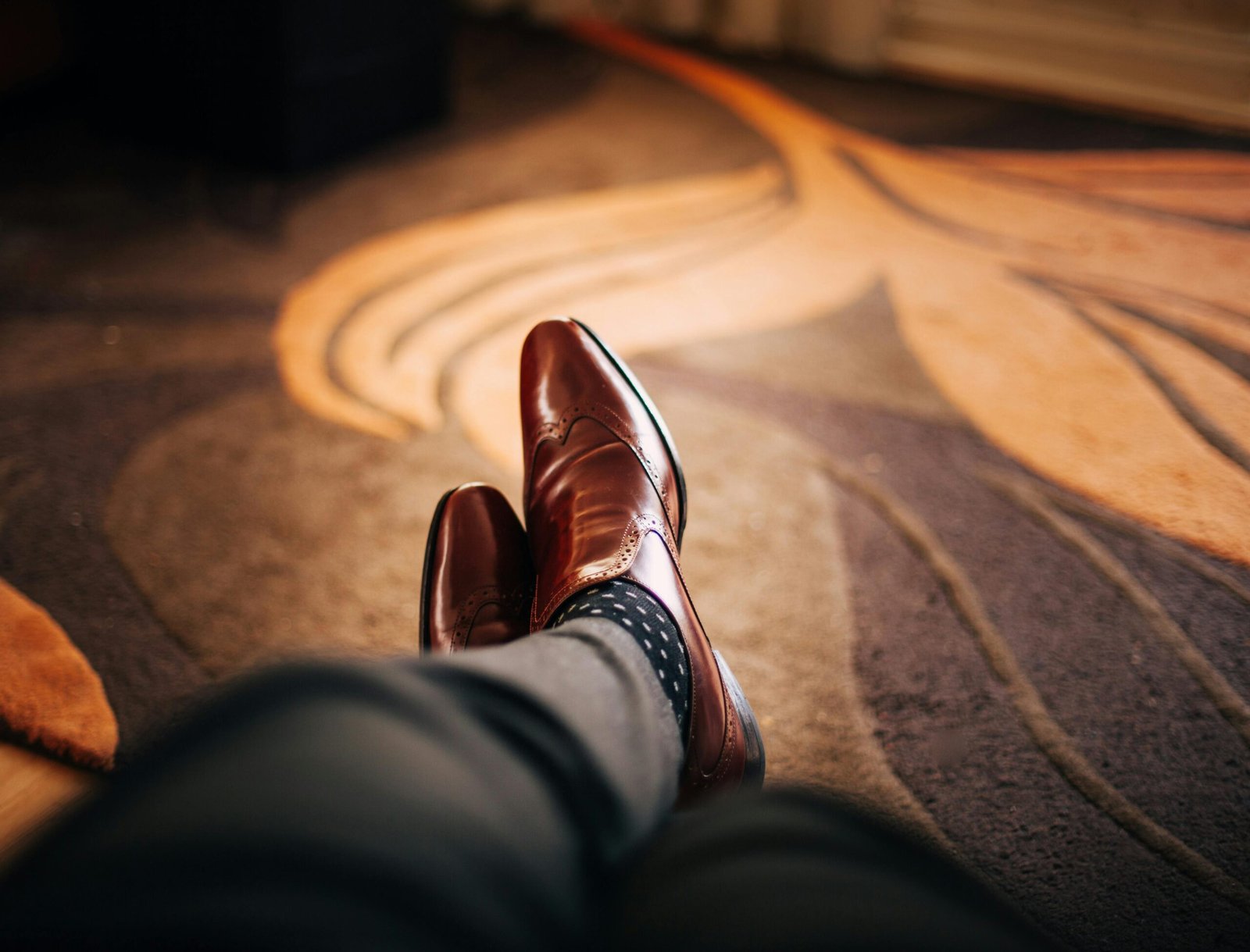
Leave a Reply